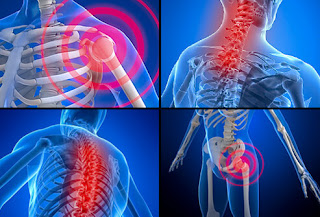Treating Osteoarthritis of the Knee

Treating osteoarthritis of the knee depends greatly on the stage of the condition. There are five stages of osteoarthritis ranging from no signs or symptoms to severe. Stage 0 – This is a normal, healthy knee that needs no treatment. Stage 1 – Predisposition to osteoarthritis At this stage, you may be beginning to experience some early symptoms such as soreness or swelling after exercise and you most likely have a family history of osteoarthritis or have had surgery on your knee to move cartilage or the menisci which increases your risk or osteoarthritis. The focus of this stage of treatment is prevention, mainly in the form of strength and stability training of the knee and glucosamine supplements. Stage 2 – MildStage At this stage, you will begin to experience symptoms of osteoarthritis including pain after long periods of exercise, and stiffness and tenderness when bending or kneeling. Treatment for mild stage osteoarthritis includes: • Low impact cardio...



